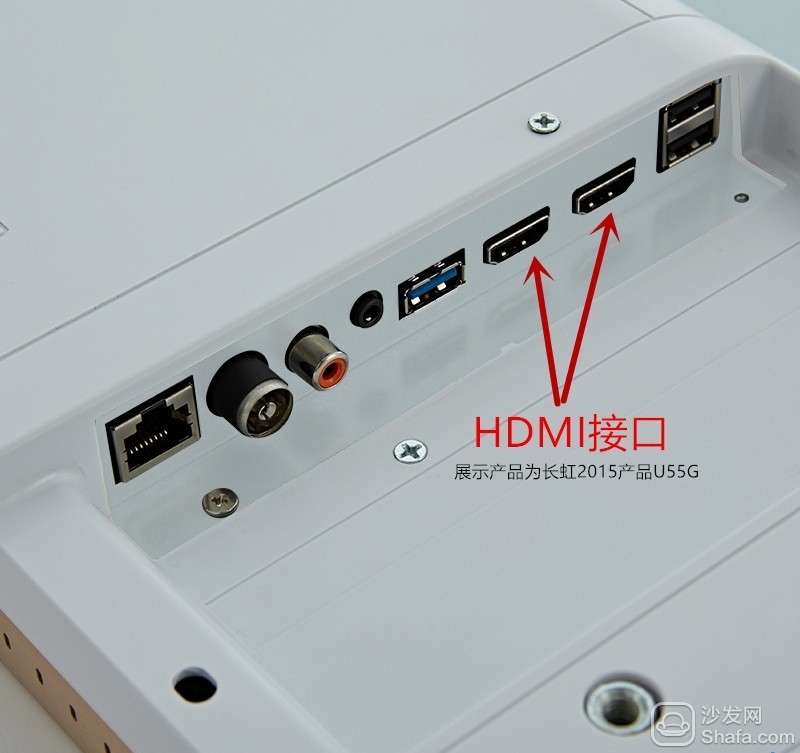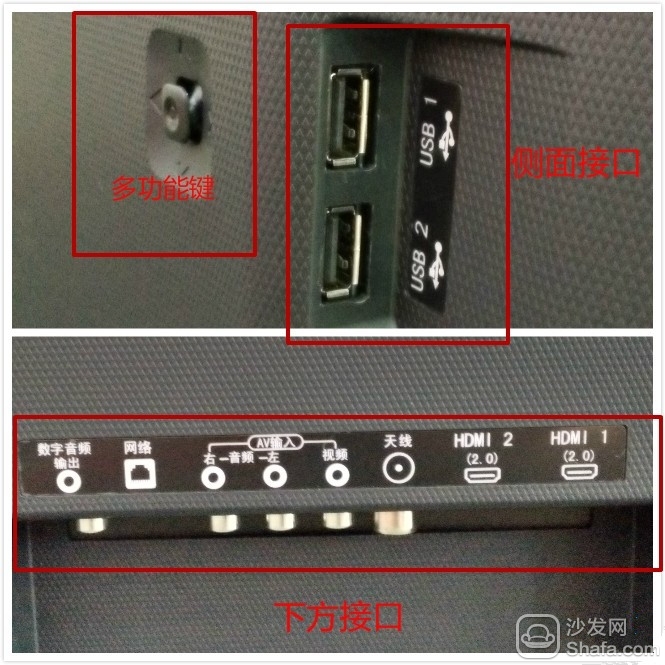What are the capabilities of smart TV interfaces? One-time summary analysis presentation! !
Material and the process
Most of wood cable drum are pine wood,and about the process we make the step
–Structure
The diameter of both side circle is about 0.8m-3.5m and we also can meet your
–Inspection
Because they are wood products,so we must do something for them,that is
–Certificate
Due to They are made of wood,so we have the certificate od ISPM15 and
–Capacity
We have professional staff and machine,every week,we produce 500 pcs,so
–Price
Have our own factory and workers and machine,so the price is more cheaper wooden bobbins, wooden spools, wooden reels, large wooden cable spools for sale, wooden cable spool for sale NINGBO BEILUN TIAOYUE MACHINE CO., LTD. , https://www.spool-manufacturer.com
However, for many ordinary users, especially for elderly users and technical blindness, it is really puzzled that every interface is what equipment is connected and what functions can be achieved. Therefore, the landlord will use the smart TV's common TV interface for everyone, hoping to help you. 
HDMI is called High Definition Multimedia Interface. HDMI can not only transmit video signals, but also support audio signal transmission. In the traditional Blu-ray TV, or Internet TV or popular smart TV, there are HDMI interfaces, and the development of 4K ultra-high-definition also makes the HDMI interface continuous improvement and upgrade.
HDMI1.4 interface is the most commonly used, it supports 3840x2160 resolution, up to 30FPS frame rate playback, connect Blu-ray high-definition equipment and play 4K TV. In September 2013, the HDMI 2.0 interface emerged, which maintains a resolution of 3840x2160, and supports playback of pictures at 60 FPS frame rate, up to 32 channels of output, and 1536 kHz audio sample rate. 
HDMI interface main users to connect video equipment, such as smart TV boxes, XBOX and PS and other game consoles, but also provide HDMI interface, in addition, now buy a TV, generally do not give random HDMI cable, when buying, we must try to buy Dachang's HDMI cable to ensure that the TV picture and sound have a good playback performance.
Second, USB interface
The USB interface is also the most commonly heard and most common interface that is commonly used by mobile phones to charge or link computers. The USB interface is called the Universal Serial Bus. The Chinese is literally translated as Universal Serial Bus. In the CRT era, there is no USB interface. Later entered the era of LCD TVs, USB interface began to emerge. In the early days of many non-smart TVs, we can find the USB2.0 interface. 
Third, the memory card interface 
In actual use, there are occasions when the SD card or TF card is put into the TV slot and the TV cannot recognize the memory card. With such a problem, everyone does not need to worry. If it can be recognized in a computer or a mobile phone, but the smart TV cannot recognize it, you can use the format memory card function provided by the TV to format the memory card so that the TV can be successfully identified. In addition, during the use of SD card or TF card, after use, everyone should use the TV menu to remove or uninstall the memory card to prevent the loss of files in the memory card. 
Specifically on the interface, the three connectors are distinguished by green, blue, and red, respectively. Maybe some users have to ask, since the color difference component is an analog interface, why not be eliminated? The reason is that the color difference component interface has a good support for 1080P Full HD, which means that it can achieve 1920x1080 resolution output. The cable set-top box products that are being used at home are generally equipped with a color difference component analog interface in addition to the HDMI digital interface. What is considered is the compatibility issue of some old models. For example, users who are still using CRT TVs can connect through the color difference component of the cable TV set-top box, which will make up for the lack of connection with the HDMI interface.
In fact, with the color difference component interface, there is AV input interface, that is, everyone is familiar with the red, white and yellow interface. However, in terms of picture quality, the AV input interface does not perform satisfactorily. This is because it provides analog signals. In terms of resolution, not to mention 1080P full HD, even the resolution of the 720p SD cannot reach. Therefore, the AV input interface gradually fades out of sight and is only used to connect some old devices.
Raw wood→Timber→Wood cable drum. All of the wood are come from forest.
require.On the circle,has puched with screw,and the flange edges must be grind
so that we use it convenient.
Fumigation/Heat Treatment.Wood products must put into the dry kiln and make the
humidith to 20% so that wood will not deformed.The aim of Heat Treatment is to
wipe out the insect,larva and fungus.
ISO9001-2000
enough products for you.
than others